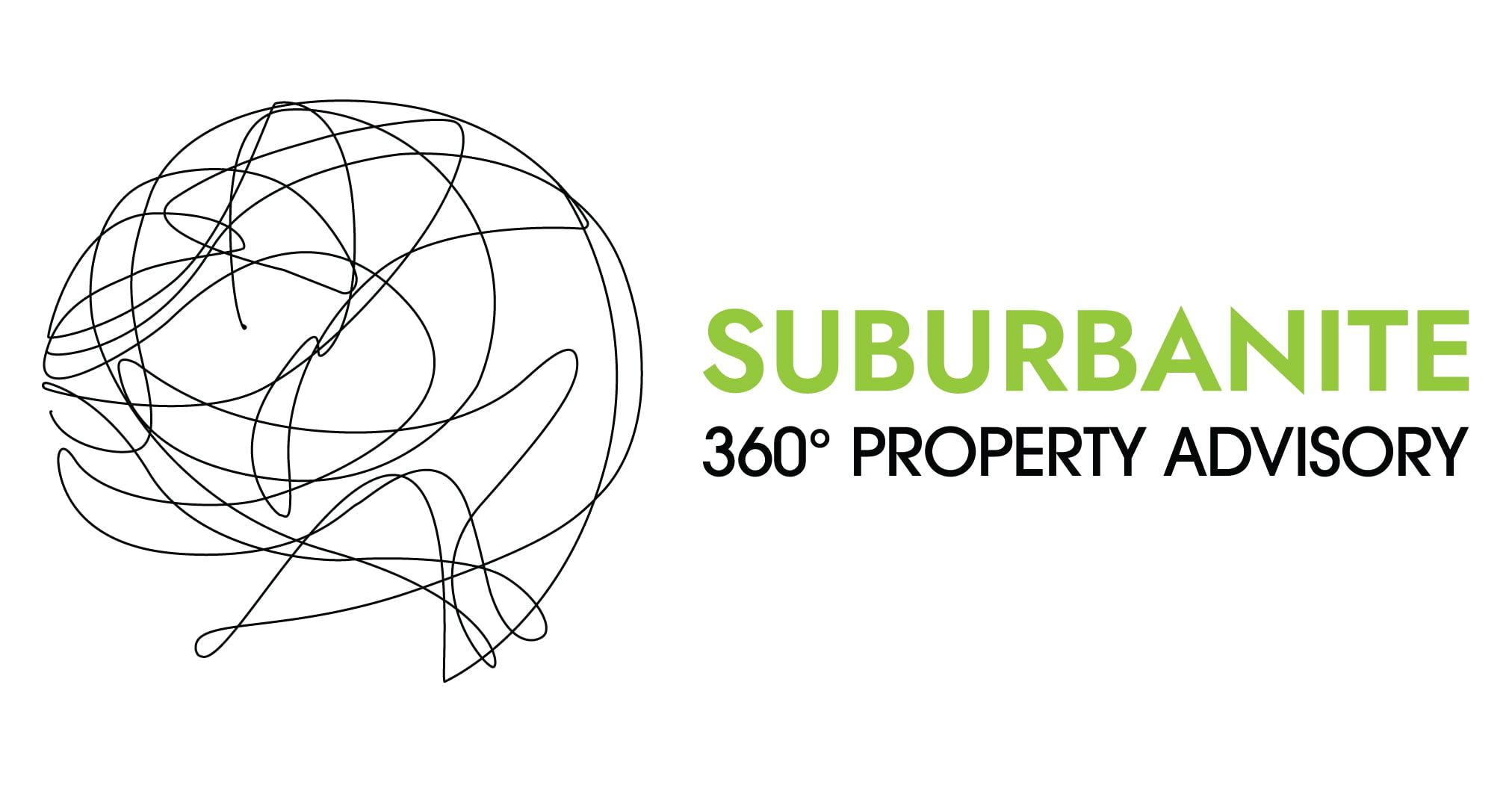While I agree with QBE’s assessment that Canberra will be one of the stronger performers in the country due to a lack of housing supply, they’ve grossly overestimated Hobart’s potential growth and overlooked the signs of strength in Adelaide.
QBE have made a bold projection in their Australian Housing Outlook report, released last month. Let’s start in the south. The report tips Hobart to be the second strongest growth market in the country, behind Canberra. QBE predicts Hobart will increase by 10.8% for the 2017-2020 period, which is conservative by anyone’s measure. But QBE are expected to be modest in their projections. After all, we are playing in crystal ball territory here. The bigger surprise is that they have ranked it as the second strongest performer in the country when weighting all the states against one another.
Our research does not support this. We do not anticipate Hobart to be in the top two capital cities for growth over the next three years. Simply, the fundamentals that support market growth are lacking in the country’s southernmost state. With no major infrastructure projects planned, migration anticipated to be soft, limited job creation and zero economic stimulus the drivers just aren’t there to create strong market movement.
With Tasmania also tipped to have the softest population growth of all the states (according to the QBE report), at just 1.6% for the same period, this is not congruent with their ballsy prediction for the housing market performance as compared to the rest of the country.
The report also reveals that the movement of population between states has not done much for increasing the population of Tasmania. With net inflow expecting to reach just 500 people to the state for 2016/2017. Compare this to other cities, like Brisbane for instance, which is expected to see 16,000 net inflow for the same period.
Hobart has performed reasonably, with 6.1% average growth for the 12 months to June 2017. It has performed better than many would have expected, and certainly outperformed other states such as Darwin, Canberra, Adelaide, Brisbane and Perth for the same period. It is my belief that this growth has been driven strongly by interstate investors chasing the strong yields that Hobart offers. QBE data supports this, revealing that sales to interstate buyers has increased by 55% for the 2016/2017 period and half of that was to investors. This is notably increased from years gone by.
With increased investor demand having propped up the Tasmanian market for the 2016/2017 year, I would expect to see this to slow with interest rates rising on investor lending outside of Reserve Bank movement. Lenders are penalising those investors with interest-only loan structures moving rates up into the 5%-6% range in many cases, and subsequently eroding the stronger returns seen in years gone by. This factor coupled with the more stringent assessment criteria on new investment loans leads me to expect to see a decline in investment lending across the country. Contrary to QBE’s position, I think this will result in a softening of markets such as Hobart as there are few other market drivers to support growth in the short term.
QBE have also taken the position that Adelaide will see moderate growth of 6.9%for the 2017-2020 period, ranking it the fourth strongest performer in the country. They highlight factors such as closure of manufacturing to the area and soft employment and migration drivers as the underpinning factor for this more modest growth. They have gone so far as to predict that unemployment is unlikely to improve in years to come, due to manufacturing industry closures.
They have however, neglected to factor in the major infrastructure coming to the city and the expected job creation as a result.
The closure of major manufacturing operations like Holden and Mitsubishi has hit the city hard in recent years. Certainly, the manufacturing industry has seen job losses well into the thousands in years gone by. However, the roll out of some of the country’s largest infrastructure projects, such as the $2.4-billion New Royal Adelaide Hospital, $39-billion military vessels, $900-million North Terrace redevelopment, and the new airbus tech hub to name a few, are set to create more than 6,000 new jobs for Adelaide between now and 2020 according to Outgoing Defence SA chief Andy Keough (The Advertiser 2017).
In the 12 months to January 2017, almost 10,000 new jobs were added to South Australia’s manufacturing industry, predominantly in the food processing sector according to the ABS. Other industries also saw significant growth, including construction. These gains in other sectors are balancing out the losses from past closures. In fact, South Australia is now seeing a net gain in jobs, signalling that the state will be moving away from being the state of unemployment.
QBE have also noted that the rental market in Adelaide is expected to have “rising oversupply of dwellings… rents may begin to fall”. This is certainly not what we are seeing in real time on the ground. The rental market is tightening with properties receiving multiple applications, some even receiving applications before they are open for viewings. The prices being achieved by landlords is increasing as stock levels are limited and tenants are starting to compete with one another to secure good quality properties. With increased employment tipped to boost migration to the area, our research reveals that the rental market in Adelaide will only continue to tighten and strengthen in the coming years.
I agree with QBE that Canberra will be one of the stronger performers in the country due to a lack of housing supply, but feel that Adelaide will be following closely behind our country’s capital, if not outstripping it in the next 3-5 years. The strength of the Adelaide market has been grossly underestimated. I think we will see it as being one of the strongest markets in the country in the next few years.
Commentary provided by Anna Porter
